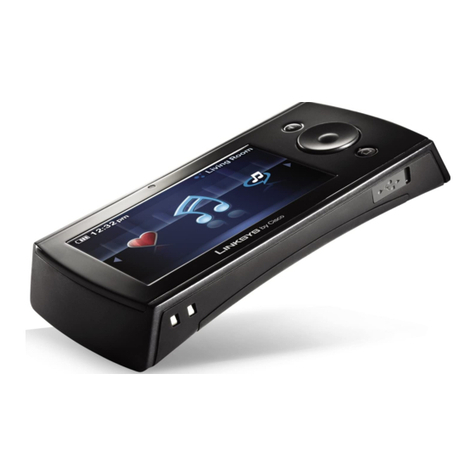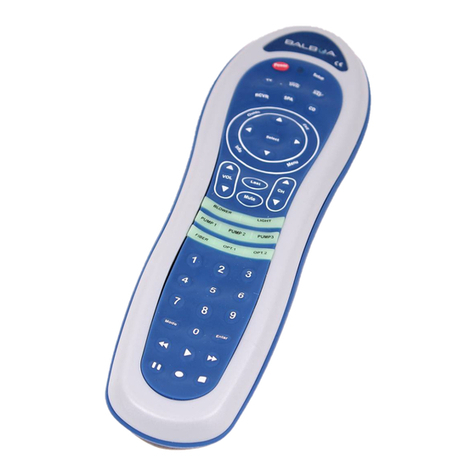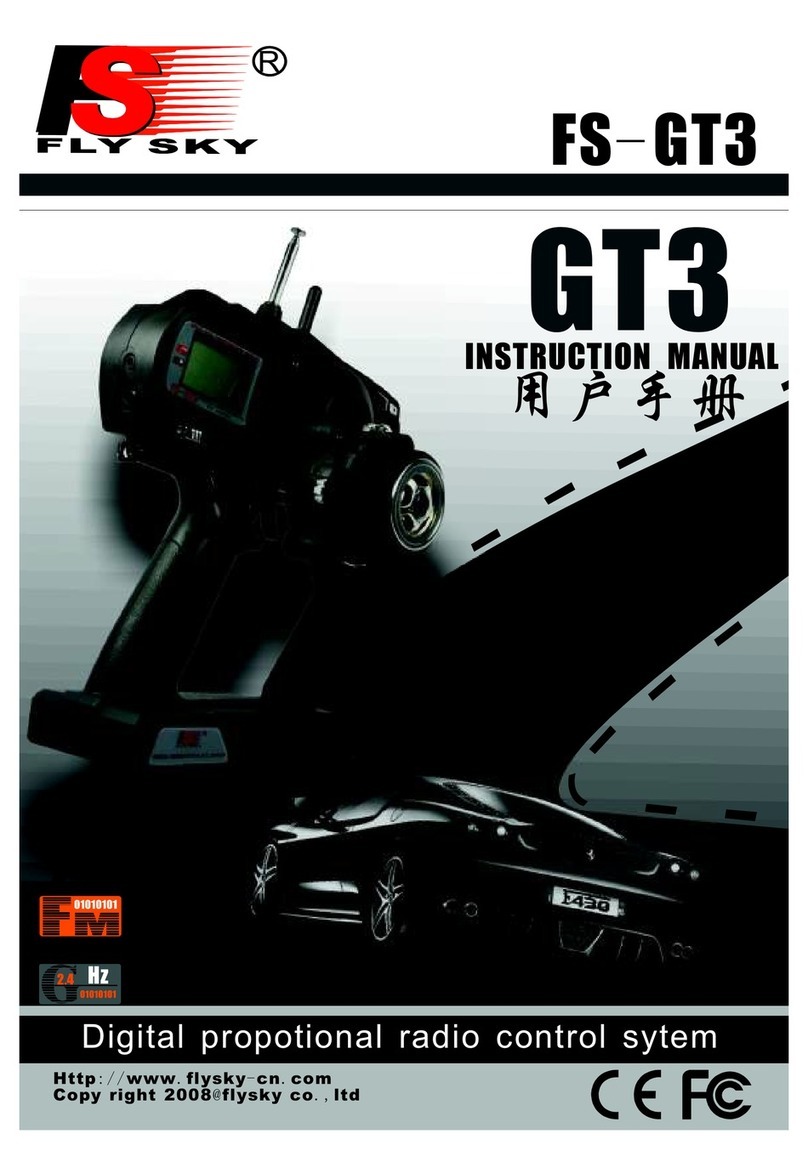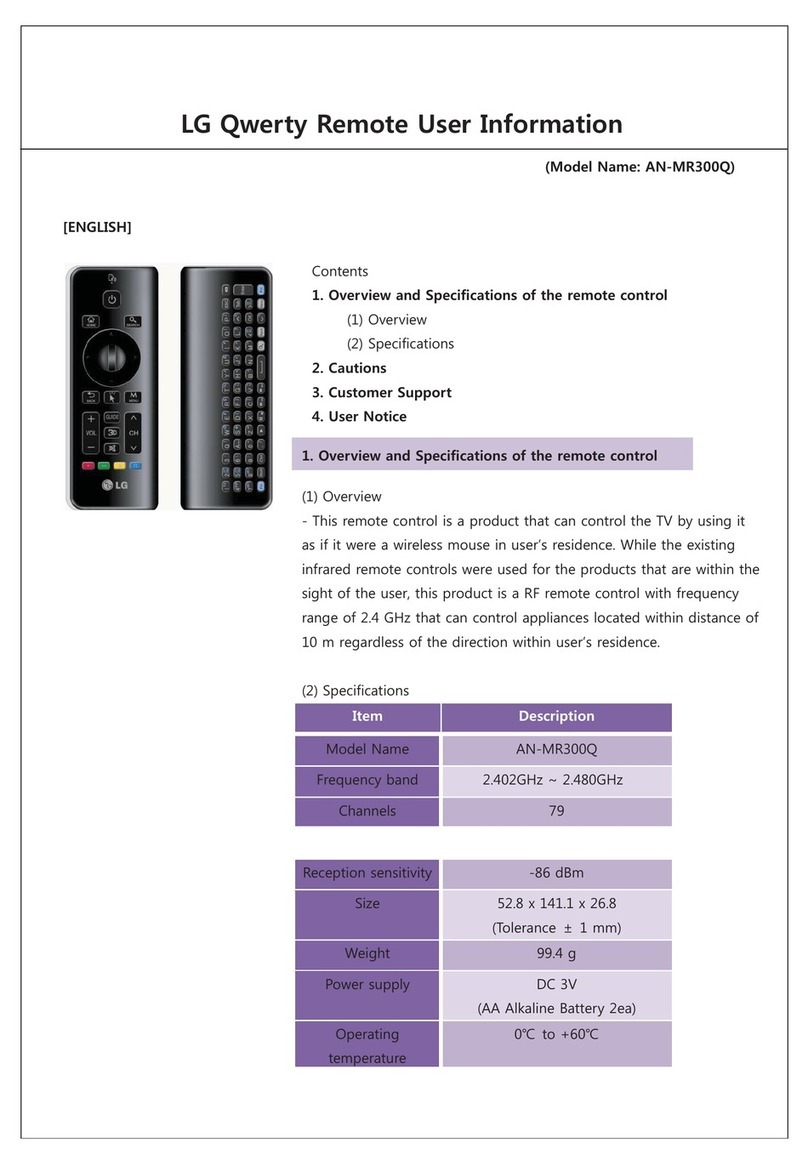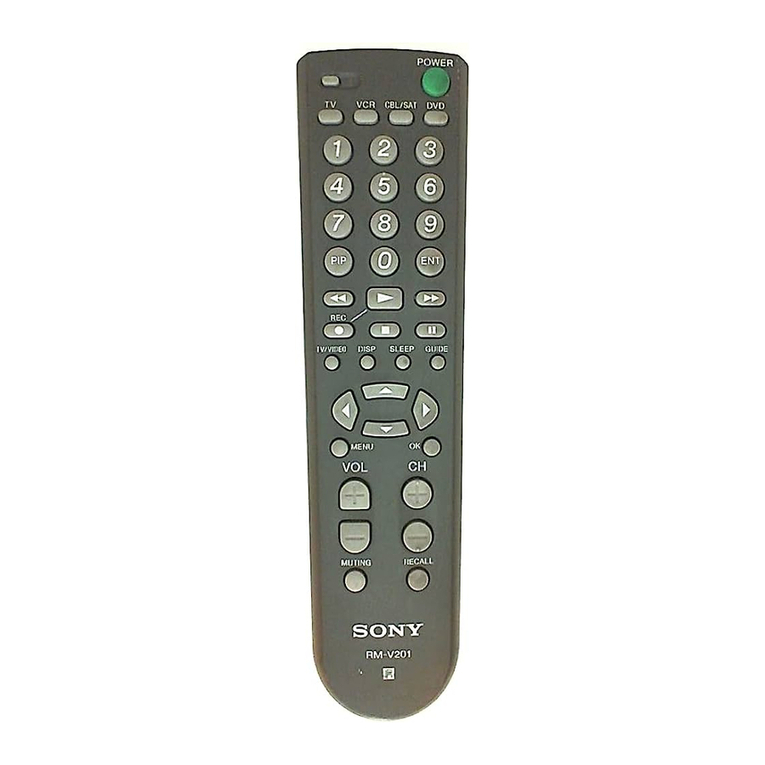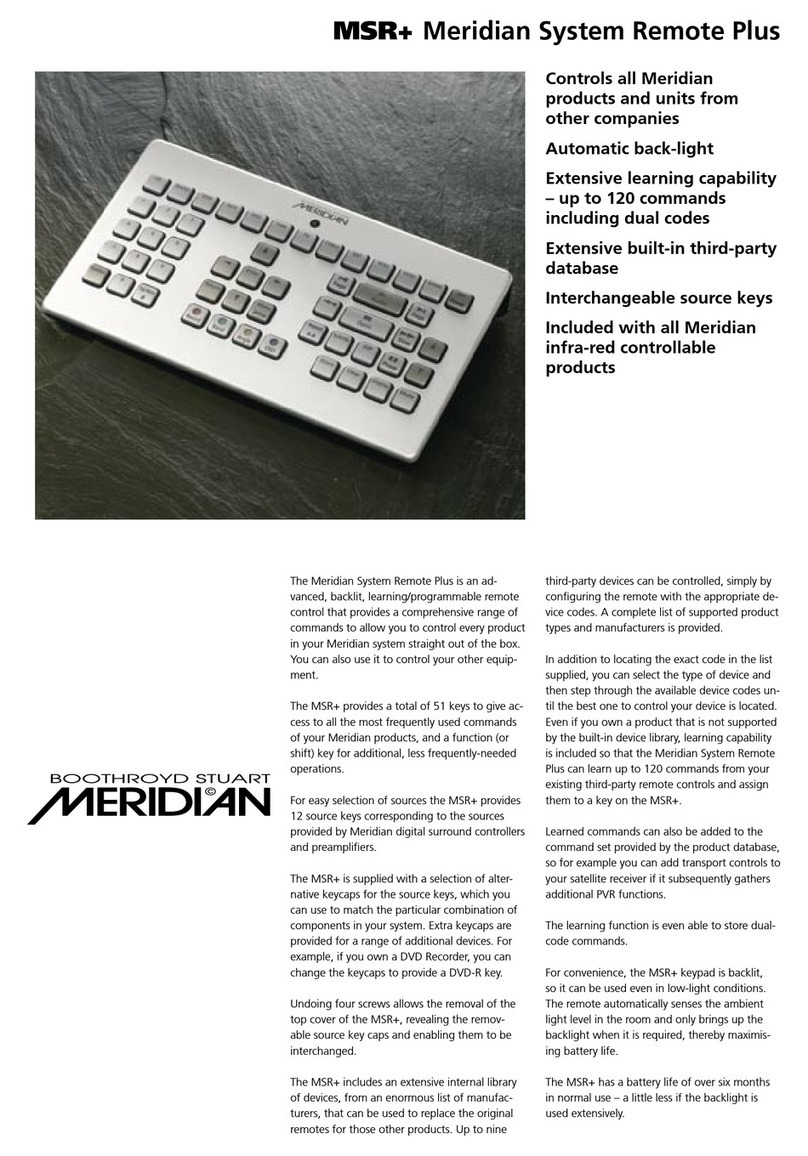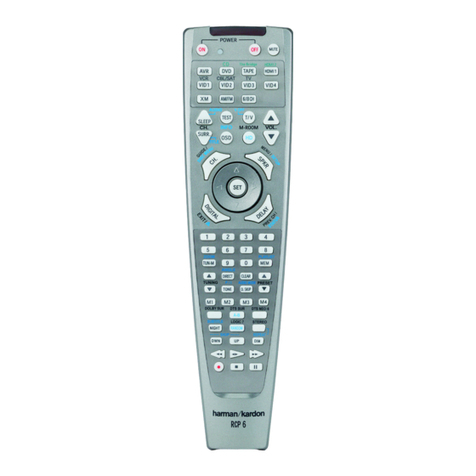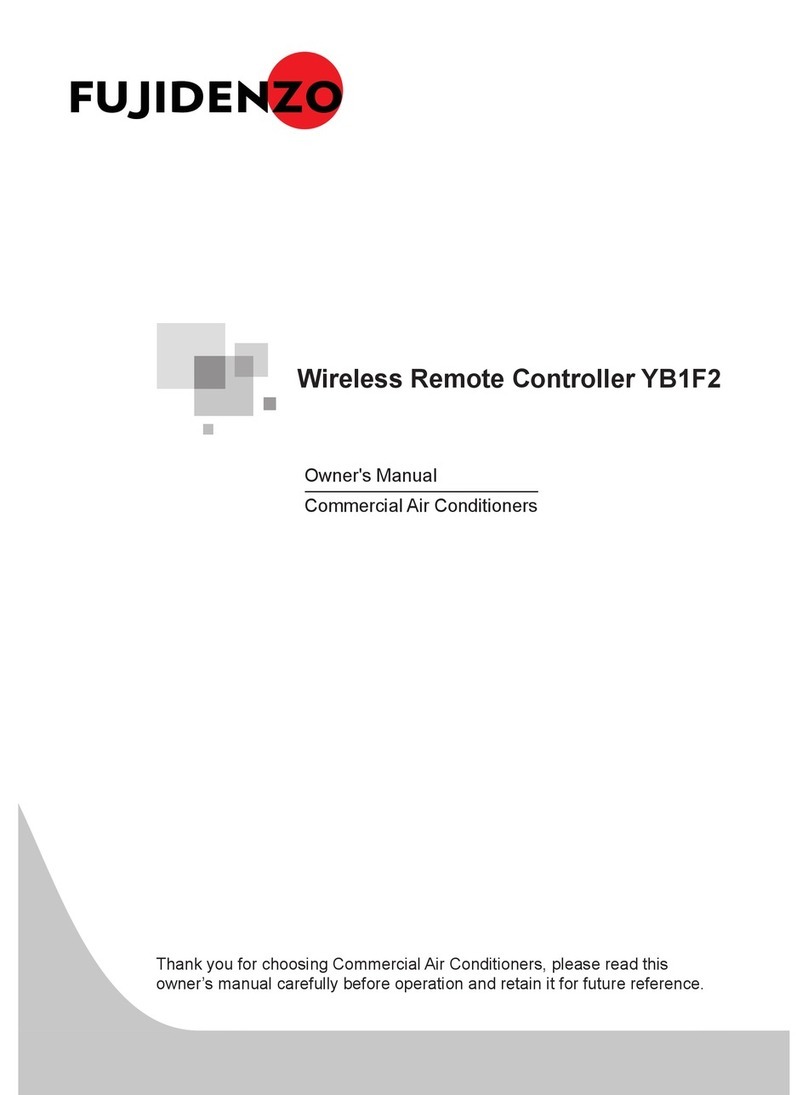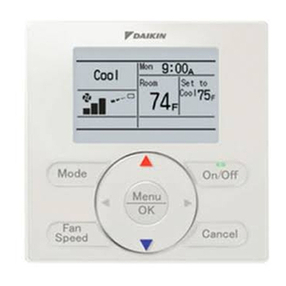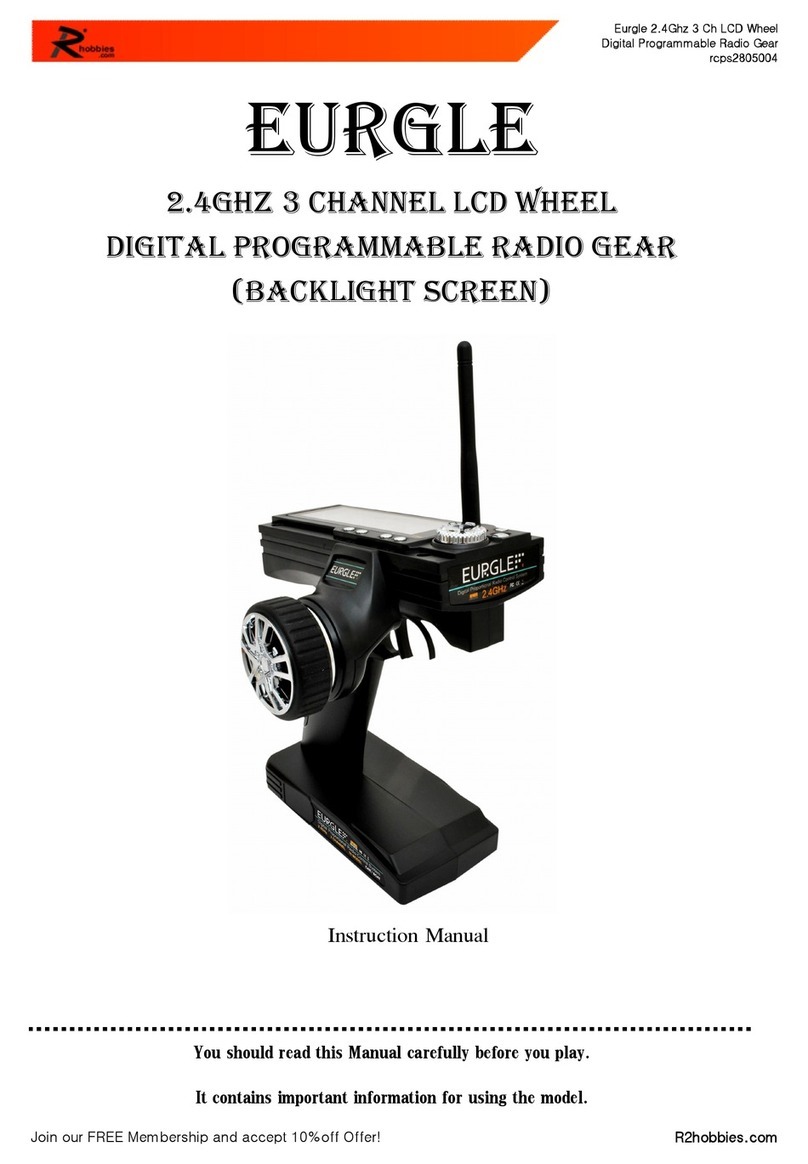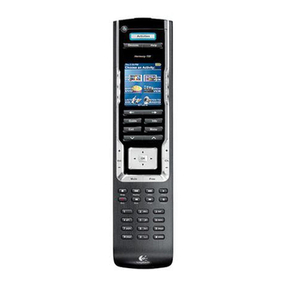TBS CROSSFIRE Micro TX User manual

TBS CROSSFIRE R/C System Revision 2019-03-24
Adaptive Long Range Remote Control System
The TBS CROSSFIRE (XF) system is a R/C link system made for FPV enthusiasts. It features unheard of range
without sacrificing basic functionality such as being immune to interference from onboard equipment, low
latency control or two-way communications including telemetry functionality.
Key features
• Long range, adaptive and robust remote control system for your aircraft
• Immune to on-board noise
• Two-way communication link with real-time link vitals and telemetry
• Self-healing frequency hopping link
• Receiver beacon mode to recover your downed aircraft
• Super easy binding and configuration via built-in OLED display, OpenTX LUA or TBS TANGO remote
• Low latency control for perfect immersive feeling
• Free output mappable 8 output diversity with integrated backup battery or super tiny receiver ( 4g
weight only ) both with up to 12 channel PPM
• Ability to fly with multiple friends at the same time (10 or more)
• Dynamic self-selecting or selectable RF power from 10mW to 2W (local restrictions apply)
• Dedicated head-tracking input option for full FPV immersion
• Transmitter LED shows link health, OLED display for built in configuration
• Expansion port for future feature support
1

Table of content
Attention
Drone Racing Environment
Crossfire LED Color Coding
Overview
Setup
Connecting CROSSFIRE Standard Transmitter to radio
Using JR-adapter
Using Hitec/Graupner/JR-cable
Using Futaba-cable
Using custom PPM cable
CRSF with other radios
Connecting CROSSFIRE Micro transmitter to radio
Push button functionality
Connecting CROSSFIRE Diversity receiver
Connecting CROSSFIRE Micro receiver
Connecting CROSSFIRE Nano receiver
Connecting antenna
Binding
Auto bind
Head-tracking
Set failsafe
BST Connectivity with TBS equipment
Controlling UNIFY PRO VTX with SmartAudio
Antenna
Operation
Status display
Up- and downlink status
Find mode
Direction finder
How does find mode work
2

Testing find mode
Preparations
Simulating flight
Simulating a Crash
Search and rescue
Link regained
Transmitter LED status indicator
Receiver LED status indicator
Real-time telemetry using app link
Configuration
Standard transmitter configuration
Micro transmitter configuration
Receiver
PWM or PPM servo output
Receiver SBUS output
Receiver RSSI or/and LQ output
Serial bridge
MAVLink
MAVLink APM
Disable telemetry
CRSF
DSMX
SmartAudio
Transmission power
Dynamic transmission power
Transmission frequency
Operating modes
RF Profiles
MyVTX
CRSF Connectivity with flight controller (COLIBRI)
Minimum requirements
3

Wiring layout
Setting up radio for CRSF
Setting up receiver for CRSF
Configuring BetaFlight for CRSF protocol
Discovering telemetry data sensors
Configuration of CORE PRO / CROSSFIRE RX with LUA Scripts or the TBS TANGO
Requirements
Setup
Telemetry
TBS Tango
Firmware upgrade
Installing TBS Agent
Emergency update
FAQ
Good practices
4

Specifications
Type:
Long Range Two-Way Remote Control System
Band:
Europe: 868 MHz SRD Band
America: 915 MHz ISM Band
RF power
Radio Signal &
Telemetry downlink:
Micro TX: Selectable 25mW and 100mW (250mW with FW 2.40 or later)
Standard TX: Selectable 10mW to 500mW, additional 1W and 2W available
with external power connected via XT30 socket
Diversity, Micro and Nano RX: 40mW
Receiver sensitivity:
Up to -130dBm
Antenna:
TX: 1x omnidirectional dipole antenna
RX: 2x omnidirectional dipole antennas, flexible antenna (Micro and Nano
RX)
R/C Channels:
8 (Diversity)/ 4(6) (Micro/Nano RX) PWM (freely mappable ) or up to
12-channel PPM stream outputs, standard 2.54mm servo connectors
Radio compatibility:
Any radio with PPM stream output ( absolute max. ratings: -0.3V - 15V )
JR Adapter for easy install on JR, FrSky and similar radios
Interface:
Micro TX: RGB LED light, push button, configuration via CRSF (TBS TANGO,
OpenTX ect. )
Standard TX: 1.3-inch OLED display and joystick for configuration, binding
and link stats, real-time telemetry link to any computer, tablet or phone and
Micro-USB for firmware upgrade
Recovery mode:
Diversity RX: Beacon-mode, receiver backup LiPo battery - operating time of
approx. 2 days
Failsafe:
Pre-set servo positions or stops outputting servo pulse - selectable in
configuration menu or via push button
Antenna connector:
Standard SMA (not RP-SMA)
Operating range:
Variable depending on output power and radio environment
Input power:
TX: +3.5 to 12.6V via RC or HT 3-pin input connector, External 2S to 3S LiPo
via XT30 connector (standard RX only)
RX: +4.5V to 8.4V
All reverse-polarity protected
Power consumption:
TX: 1.1W, at 25mW
TX: 3.2W, at 2000mW
Diversity RX: 1.5W / Micro/Nano RX: 1W
Ports:
Diversity RX: 1x BST (the CROSSFIRE RX does not power the BST line), 8x
Servo connectors - Micro RX: V1: 1x Servo, 1x BST / V2: 4x Servo, 1x BST -
Nano RX: 2x Pin-headers for 1x BST and 4x Servo
Working temperature:
0 - 40°C
Size:
Standard TX: 150 x 80 x 20 mm, Micro TX: 73 x 56 x 35 mm
Diversity RX: 30 x 50 x 12 mm, Micro RX: 40 x 14 x 9.5mm
Weight:
Micro TX: 38 grams
Standard TX: 340 grams, Diversity RX: 25 grams, Micro RX: 3.2 grams
Kit contents:
1x TBS CROSSFIRE TX transceiver unit, 1x TBS CROSSFIRE RX transceiver unit,
1x JR-adapter module, 1x Futaba-cable, 1x JR-cable, 1x custom-cable, 1x XT30
cable, 1x Transmitter SMA antenna, 2x Receiver SMA antenna
5

Attention
These Long Range Systems are capable to use radio frequency transmissions and output power that may
be not allowed in your country.
Please always check your local RF legislation to set the frequency and output power according with
the regulation.
A general rule for RC aircrafts is that they must be controlled always under sight of view, check your RC
regulation to keep up to date with regulations.
Drone Racing Environment
Crossfire Firmware V3.21 and above incorporates Racing Spec Firmware designed for race directors to
effectively manage power output on CROSSFIRE for drone racing.
When using TBS CROSSFIRE control link, it is a requirement that all pilots use exactly the same power
output. Use of CROSSFIRE has the same requirement as management of video transmission power output
when it comes to racing.
Recommended power output is generally 100mW, however in some countries the maximum will be 25mW.
Please check your countries regulations. The New LED Color System on the TBS CROSSFIRE allows Race
Directors to see the power output at a glance.
Note: Use of different power outputs during racing can cause control lockouts for pilots.
Crossfire LED Color Coding
LED on the back of TBS Crossfire Module will Illuminate in either blue or purple which will indicate the
power output being used. If LED on the back of module is any colour other than blue or purple, this
indicates pilot is not using Racing Spec Firmware or they are using higher power output than other
competitors.
Turquoise LED = 25mW
Blue LED = 100mW
Green = Above 100wW
Color enables Race Directors to easily identify if there are any power output inconsistencies.
Note: Dynamic power must be turned OFF and telemetry should be ON or OFF depending on Race Director
decision.
6

Overview
The following diagram indicates the essential inputs and features of the transmitter and receiver.
Standard transmitter module:
Diversity receiver unit:
7

Micro transmitter module:
Micro receiver unit:
Nano receiver unit:
8

Setup
Getting set up and ready to fly is a quick and simple task. In most cases plug&play when using common
R/C equipment.
Connecting CROSSFIRE Standard Transmitter to radio
Using JR-adapter
The kit comes with a JR-adapter which simply works as a connection bridge between the JR-pins on the
radio and the TBS CROSSFIRE transmitter. The adapter simply fits into the slot on the back of the radio. The
radio battery power to the TBS CROSSFIRE and no additional power is necessary for RF output up to
500mW. As of firmware V2.40, ability to unlock 2W RF power when powered from RC- or HT-port (at own
risk).
Insert the JR-adapter into the slot on the back of the radio, remove the adhesive sheet from the TBS
CROSSFIRE back and align the four studs with the matching holes on the transmitter. Connect the 3-pin to
the left port (RC) and 6-pin cable (expansion) to the right port on the transmitter.
9

Power on the radio, configure a new model profile and enable the external RF module - see the radio
manufacturers manual for further details on how to complete this step.
Using Hitec/Graupner/JR-cable
If you own a Hitec, Graupner or JR radio (does not work for Spektrum radios) without a JR-module slot, you
can still use the trainer output connector to get the necessary power and PPM control signals to the TBS
CROSSFIRE transmitter. Note that this will not provide CRSF-data, see the following section.
Connect the included cable to the radio trainer port and the other end to the left port (RC) on the
transmitter.
10

Using Futaba-cable
For Futaba radios you can use the trainer port to feed the PPM signal to the TBS CROSSFIRE transmitter.
Connect the included cable to the radio trainer port and the other end to the left port (RC) on the
transmitter.
Using custom PPM cable
If you want to connect any other radio, or have a custom setup, you can use the 3-pin pigtail-cable and
solder the wires according to the table below to suit your needs.
Radio pin (left in photo above)
TBS CROSSFIRE 3-pin cable
White - PPM
1 - PPM
Red - Power
2 - Power
Black - Ground
3 - Ground
CRSF with other radios
To add CRSF capability to any supported radio, you will need to use the expansion port cable called “TBS
CROSSFIRE JR-Adapter cable” and customize it. The pin-out is shown in the following picture.
11

Connecting CROSSFIRE Micro transmitter to radio
The CROSSFIRE Micro TX has a standard JR-form factor and works with any radio that supports PPM-stream
and/or TBS CRSF-format output. Transmitter power is selectable between 25mW and 100mW (250mW with
FW 2.40 or later) and TX status is shown using a RGB LED-light behind the push button. Frequency band
868 MHz and 915 MHz are supported.
Push button functionality
If there is no link (LED pulsing orange ):
• Long press: Toggle frequency between 868 MHz and 915 MHz. Once changed it will blink white 1x
for 868 MHz and 2x for 915 MHz.
• Short press: Enter bind-mode (LED blinking green ▀ ▀ ▀).
If the receivers needs to be updated it will start blinking blue (■ ■ ■ ■). Press the button again
to confirm. The update will start and the LED will be solid blue (▀▀▀) until the update is complete.
Once update is complete the LED will turn solid green (▀▀▀) or orange (▀▀▀).
If there is a link (LED solid green ▀▀▀):
• Long press: Set failsafe
Configuration of the internal settings (region, output power, dynamic power, and operation mode) is done
via any remote supporting full CRSF V2 (TBS TANGO, OpenTX etc., not Graupner, CRSF V1) remote, detailed
later in the manual under Configuration.
12

The CROSSFIRE Micro TX module fits perfectly on the back of the TBS TANGO FPV remote. It clips easily in
place and can use the telemetry compatible CRSF-format between the module and radio.
13

Connecting CROSSFIRE Diversity receiver
The compact receiver unit fits everything from small multirotors to very large airplanes. The receiver is
capable up to 8.4V and needs at least 4.5V input voltage. This can be applied to any of the eight servo
headers, e.g. a servo cable from a ESC with BEC, or a stand-alone BEC, with a suitable amperage rating -
min. 1A recommended. Make sure that adequate power is available by letting the model run for a few
minutes with servos connected, and check your BEC temperature.
If you want to connect additional TBS products to you setup, e.g. CORE PRO, CURRENT SENSOR, BLACKBOX
and GPS, we are providing a 3-way BST splitter adapter to connect everything together.
The receiver servo header pin-polarity is standard and shown in the photo below. R/C signal for the flight
controller, servos or other equipment is connected to the white cable. All the power pins are
reverse-polarity protected.
14

Connecting CROSSFIRE Micro receiver
V1:
The TBS CROSSFIRE micro receiver comes with two sockets. One is for BST capability (BlackSheep
Telemetry), the other is for one (1) R/C output which can be configured to either PWM, PPM, SBUS, or
CRSF. The receiver can run off anything between 4.5V and 8.4V and can either drive one servo, or connect
to any PPM or SBUS capable flight control. Binding the receiver to the transmitter is described on the next
page and is the same as the diversity receiver.
V1:
CleanFlight pilots with a STM32Fx processor board (e.g. Naze32 and similar) can select the “n.i. SBUS”
(Not-Inverted SBUS) to directly connect to your FC without any inverters or special soldering hacks.
TBS CROSSFIRE Micro receiver V1:
- 1 Output channel
- Output mapping options: PPM, SBUS and CRSF
(RC only, no telemetry)
- BST telemetry support (TBS GPS, TBS CORE PRO,
TBS FPVision layer, TBS POWER CUBE )
TBS CROSSFIRE Micro receiver V2:
- 4 (6) Output channels
- Output mapping options: PWM, PPM, SBUS,
MAVLink and CRSF (see output mapping options of
output 1 or 4 )
- Full MAVLink support
- Full CRSF support (RC and telemetry)
- BST telemetry support (TBS GPS, TBS CORE PRO,
TBS FPVision layer, TBS POWER CUBE )
- Comes with 4 channel servo adapter
15

Connecting CROSSFIRE Nano receiver
The CROSSFIRE Nano RX has much of the same feature set as the TBS CROSSFIRE Micro RX but on a
smaller form factor and without connectors. The small size allows you to save space and weight, while still
retaining the key features that make the CROSSFIRE system flexible and reliable.
Note: Firmware 2.24 or newer required! Make sure to update the CROSSFIRE TX before trying to bind the
receiver.
There are four channel outputs that can be used to connect a flight controller, servos or other R/C
equipment. Wiring the receiver requires soldering as it does not come with any headers (to reduce overall
size and setup flexibility). Break-out boards are available, both a simple servo board, and a duo CROSSFIRE
Nano and UNIFY PRO Nano on the same board.
The pads along the right side for 5V, GND, CH1 and CH2 (in the following picture) are spaced 2.54mm
apart, for normal headers. While the bottom row for CH3, CH4 and BST SCL and BST SDA are 2.00mm
apart.
To connect a R/C flight controller or servos, you only need to supply 5V from another source (Nano does
not provide voltage), GND and CH1 to CH4. For TBS gear that support BST, you need to connect GND, BST
SCL and BST SDA, in addition to 5V power for the receiver. The dipole antenna is connected to the U.FL
connector. Binding the receiver is done the same way as other CROSSFIRE RX modules.
16

Note that the squared-pin has change in later revisions, but the pinout is still the same.
Connecting antenna
The CROSSFIRE system (all RX and diversity RX) use regular SMA connectors, where the antenna has the
center pin, and U.FL sockets (Micro and Nano RX). The diversity RX comes with two "loaded coil" antennas,
which can be exchanged with hand-tuned rod antenna (90° connection). The Micro and Nano RX come
with a flexible T-antenna, which can be exchanged by the Immortal-T antenna or the PCB Race antenna.
Note:
1. The PCB Race antenna reduces the range of the TBS CROSSFIRE system to that of a very good
2.4GHz system, but without compromising the advantages of the CROSSFIRE.
2. It is never good to operate a radio without an antenna. This affects both the transmitter and the
receiver.
3. The receiver is designed for a maximum of +10dBm. If you operate your transmitter at more than
500mW, holding the transmitter too close may damage the receiver. Always keep at least one
meter separation between transmitter and receiver while powered.
Binding
Binding the transmitter and receiver is super simple.
1. Just power up the TBS CROSSFIRE transmitter
2. On the standard transmitter, enter the configuration menu by pressing and holding the joystick for
3 seconds, select “General” and “Binding” - a message “Binding” will start blinking, waiting for the
receiver. On the micro transmitter, a short press on the button will initiate binding mode. For the
TBS Tango, you can use the “Devices” menu and navigate to “Crossfire TX/ Binding”. For OpenTX,
17

you need to do the same just in the LUA script.
3. Now, power up the receiver, press and release the “BIND” button on the receiver to initiate
binding. On the receiver is a timeout of one minute for after power up to enter bind mode. If the
status LED will start blinking slowly you the receiver has switched successfully to bind mode.
Within a few seconds the process will finish with a “Binding complete” message. The receiver has now
stored the unique serial number of that particular transmitter. If the transmitter starts to flash blue this
means that you need to update your receiver. On the standard TX, radio you need to follow the
instructions shown on the screen. For the Micro TX, a short press on the button will initiate the update.
Auto bind
Since FW 2.31, the CROSSFIRE can bind to a previously bound receiver without the need of pushing the
“Bind” button on the receiver. Just the transmitter needs to initiate the binding process. This also applies if
you need to update your RX.
What you need to use auto bind:
- The receiver have been bound to the transmitter before
- Both the transmitter and the receiver, need to be on FW 2.31 or newer
Head-tracking
The standard TBS CROSSFIRE transmitter supports standard head-tracking input via the right 3-pin HT port.
Solder the included pigtail cable to suit your particular head-tracking setup. Only a two wire connection
between TBS CROSSFIRE and the head-tracker is required. The PPM feed from the head-tracker needs to
be connected to the PPM pin of the PPM pin and ground need to be connected to ground of the 3-pin PPM
cable.
The status display will indicate if the signal has been recognized properly. Inside the menu under
“Headtracker”, three functions for pan, tilt, and roll are freely mappable. Each function has a source and
destination selection. The selected channel under source will replace the channel selected under
destination. This gives you the ability to map your headtracker channels from any channel of the
headtracker input to the RC link frame.
18

Set failsafe
Setting the R/C failsafe parameters is a very important part of the configuration, don't skip it! You never
know when you will have problems with uplink and lose control of your aircraft.
It can go into a predefined position of the channels (position) or the receiver turns "dead" (cut) and
outputs no more signals to the servos, FC, etc. The receiver configuration for failsafe can be found in the
menu of the transmitter/Lua-script , under your particular “CROSSFIRE RX” menu and Failsafe - here you
can set "Cut" or "Position".
- "Cut" is useful when the model has a controller installed which then executes its own failsafe
routine
- "Position" is intended for all other models or when the controller expects a certain channel
position
For "Position", failsafe parameters can be set following this procedure:
Micro TX:
1. Turn on and off the transmitter and receiver
2. Move the sticks and switches to the desired position
3. Press and hold the button on the CROSSFIRE transmitter for a few seconds
4. Turn off the transmitter and check that the set position is taken
Standard TX:
1. Turn on and off the transmitter and receiver
2. Move the sticks and switches to the desired position
3. Go to the CROSSFIRE menu and select "Bind" - it initiates the failsafe process this time
4. Wait until "Failsafe set" appears on the display
5. Turn off the transmitter and check that the set position is taken
Alternatively, the standard TX can save the current position via shortcut. To do so, take the position with
the sticks and switches, push the joystick down briefly and then hold it up for a few seconds. The message
"Failsafe set" appears on the display
BST Connectivity with TBS equipment
There is an issue when you want to run BST devices like the GPS or BLACKBOX direct without a CORE PRO.
Most of the BST devices needs 5V which the CORE PRO provides. You can also power the BST line by using
the TBS 3-way splitter with a servo header to connect a 5V regulator or BEC. The CROSSFIRE RX does not
power the BST line when 5V is applied to the servo connectors.
The following explains the required power needs:
●TBS BLACKBOX - Can be powered by the BST 5V or by the Flight Controller over the ext. FC port
19

●TBS GPS - Can only be powered by the BST 5V
●TBS CURRENT SENSOR - Provides VBatt but needs BST 5V to run itself
●TBS CROSSFIRE RX - Can be powered over one of the eight servo connectors or by BST 5V
●TBS CORE PRO / FPVISION - This is only device is providing 5V on the BST line
Power type:
BST 5V
VBATT
ESC BEC 5V
FC 5V
TBS CROSSFIRE
✔ PWR IN
✔ PWR IN
TBS BLACKBOX
✔ PWR IN
✔ PWR IN
TBS GPS
✔ PWR IN
TBS CORE PRO / FPVISION
✔ PWR OUT
✔ PWR IN
TBS CURRENT SENSOR
✔ PWR IN
✔ PWR
OUT
TBS BULLETPROOF ESC (Older
version, obsolete)
✔ PWR
OUT
20
This manual suits for next models
3
Table of contents
Popular Remote Control manuals by other brands
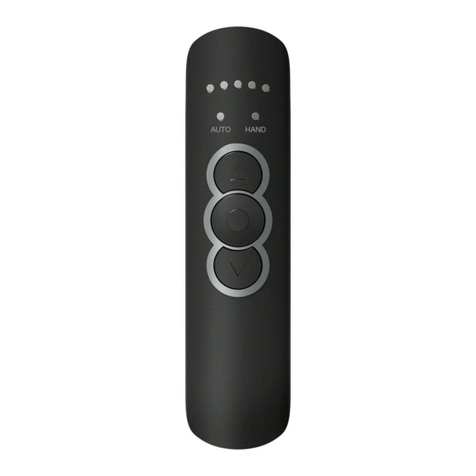
Vestamatic
Vestamatic VRS Transmitter 5C Installation and operating instructions
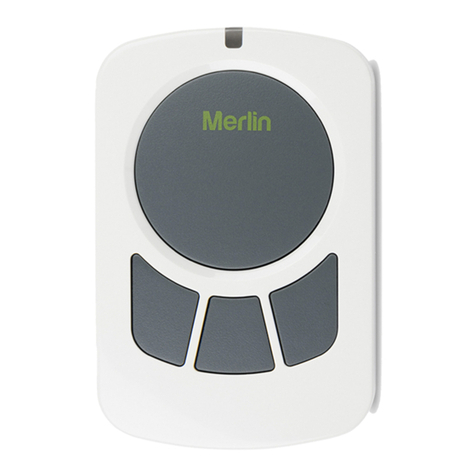
Merlin
Merlin E148M instructions
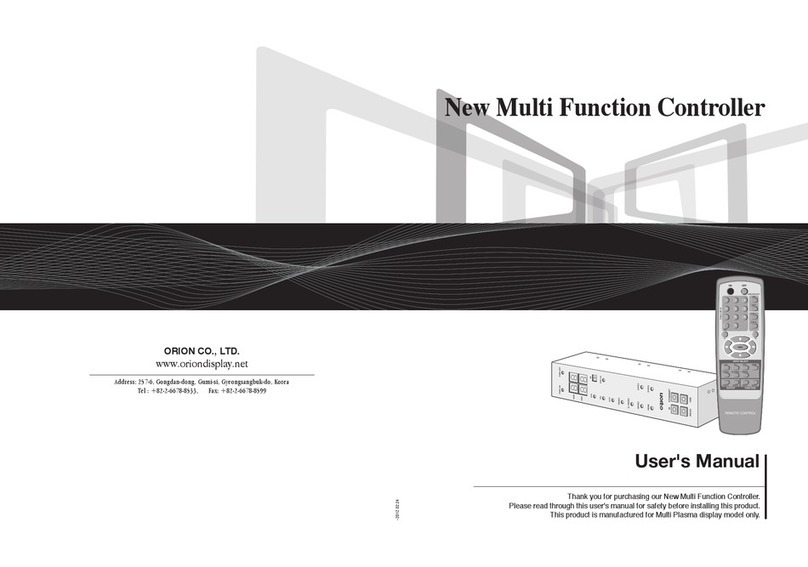
Orion
Orion Multi Function Controller user manual
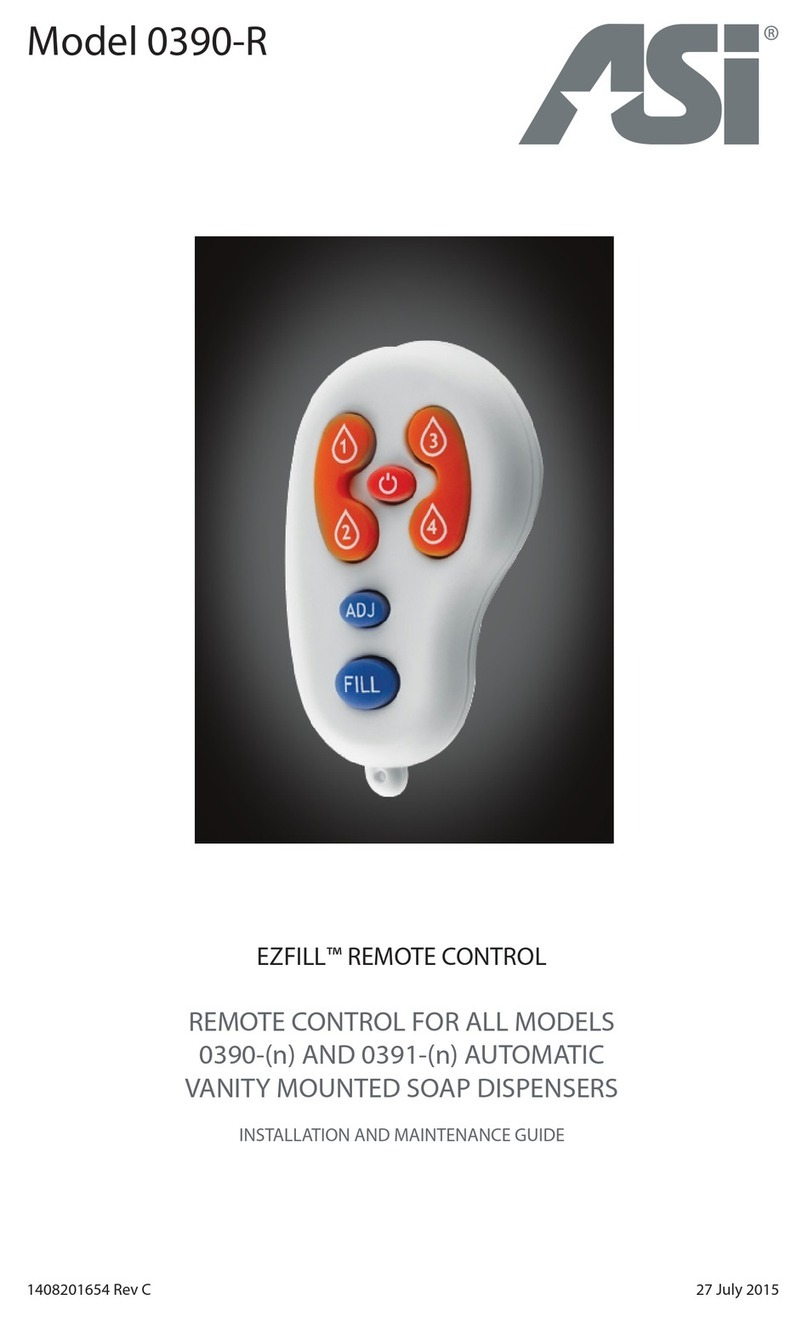
ASI
ASI EZFILL 0390-R Installation and maintenance guide
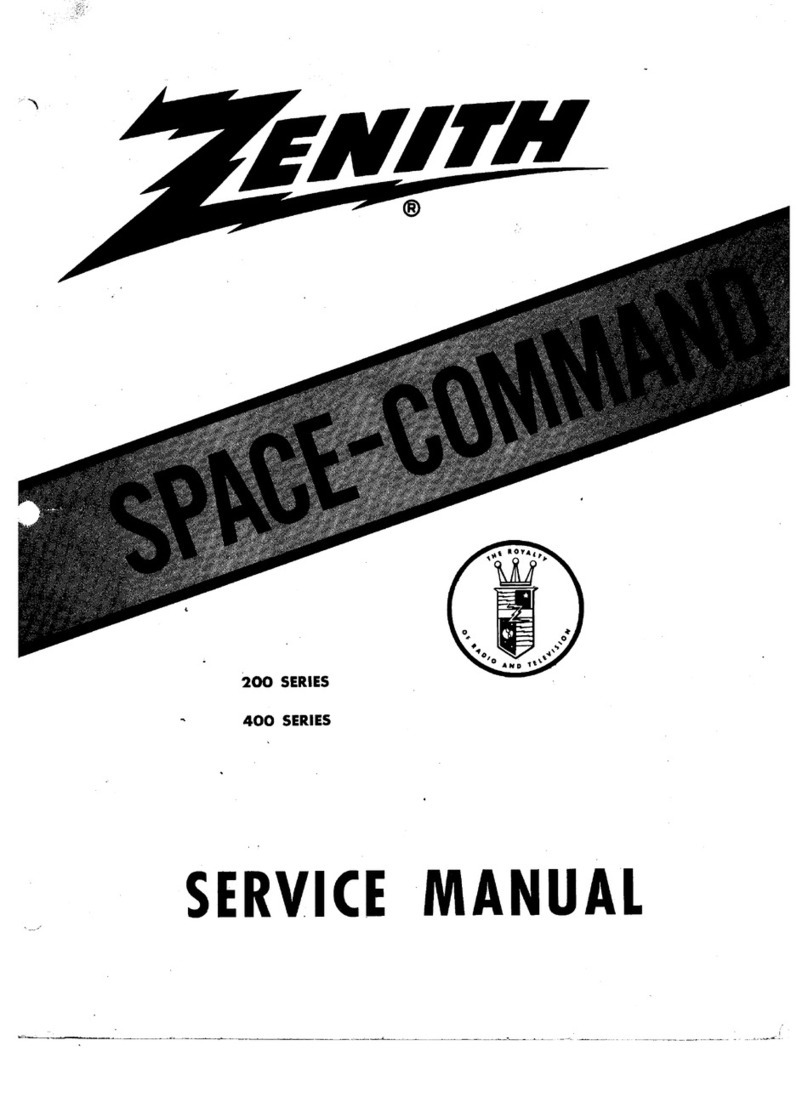
Zenith
Zenith Space-Command 200 Series Service manual

HUGEWIN ELECTRONIC
HUGEWIN ELECTRONIC HXTC-3001 user manual
